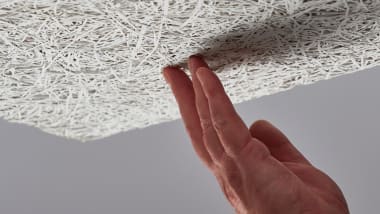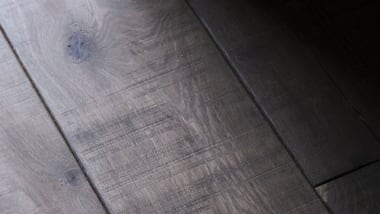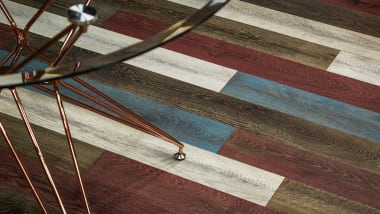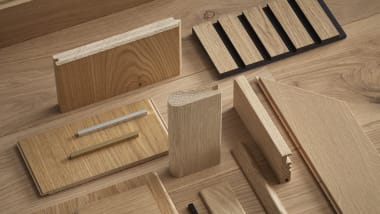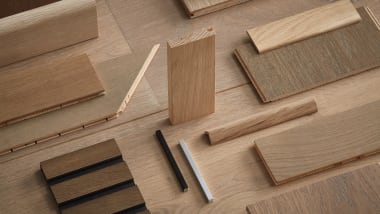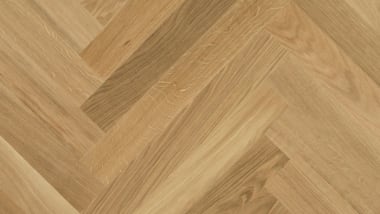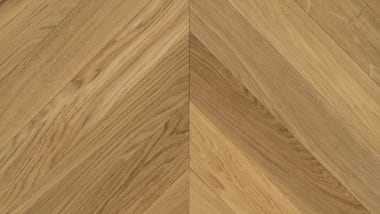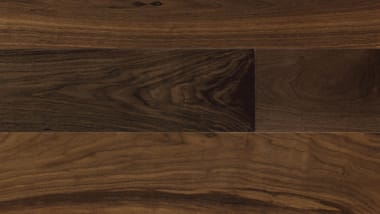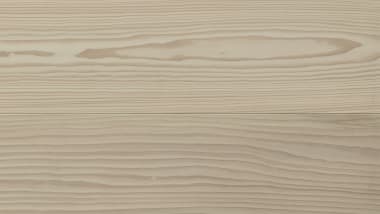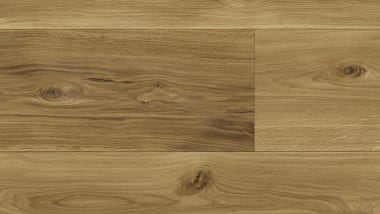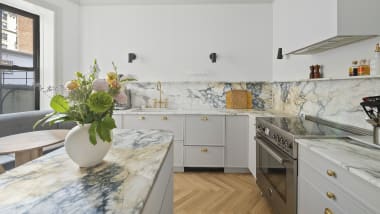What Is Herringbone Pattern? Everything You Need to Know
19 Apr 2025
When it comes to wood flooring, few designs capture both attention and admiration quite like the herringbone pattern. It's stylish, versatile, and rich in history. But what is herringbone pattern exactly, and why does it remain one of the most sought-after choices in contemporary interior design?
Let’s explore the art, structure, and impact of this eye-catching flooring style and uncover what makes it a standout option for any space.
Defining the Herringbone Pattern
The herringbone pattern is a distinctive parquet style that arranges rectangular wood planks in a zigzag layout, where each plank meets the next at a right angle. Unlike the chevron pattern which aligns planks to create a continuous V-shape herringbone flooring results in a broken, more staggered zigzag look. This interlocking design creates a sense of movement and depth, making it a dynamic visual element in both classic and contemporary interiors.
A History Rooted in Sophistication
The use of herringbone dates back to the Roman Empire, where it was originally applied in road construction. The technique was later adopted by European aristocracy, particularly during the Renaissance, as a symbol of sophistication and refinement in palaces and estates. Over time, herringbone flooring became synonymous with high-end design, and today it enjoys renewed popularity in homes, hospitality venues, and commercial spaces around the globe.
Why Choose Herringbone for Your Floors?
So why is the herringbone pattern such a coveted choice? Beyond aesthetics, this pattern offers several functional advantages. The interwoven layout improves structural stability, especially when used with engineered wood flooring, such as the options in Havwoods’ Venture Plank collection.
The layout also helps mask minor subfloor imperfections, and its geometric rhythm creates the illusion of greater space ideal for compact rooms or narrow hallways.
Another benefit is its timeless appeal. Herringbone is incredibly adaptable to various styles, from modern minimalist lofts to rustic farmhouses. Its versatility ensures it complements different types of wood tones and finishes whether you're opting for a honey-colored oak like Cedro Character Herringbone or a platinum-hued design for a more contemporary feel.
Herringbone vs. Chevron: What’s the Difference?
It’s easy to confuse herringbone with chevron, but the difference lies in how the planks are cut and laid. In a herringbone floor, the ends of each plank are cut at 90 degrees and installed to create an overlapping zigzag. Chevron planks are cut at angles usually 45 degrees so that the ends meet in a sharp point.
Chevron tends to look more uniform and symmetrical, while herringbone delivers a more complex, layered visual texture. For those wanting a more intricate feel with historical weight, herringbone is the clear winner.
Materials That Complement the Herringbone Design
While herringbone can be installed using a variety of materials, including ceramic tiles and vinyl, it truly shines with engineered hardwood. At Havwoods, our herringbone collections such as Cedro and Mentone use European Oak to elevate the natural beauty of the grain while ensuring durability.
The use of multi-layered engineered boards also improves performance in areas prone to moisture changes, making them perfect for modern environments.
UV oiled finishes and tongue-and-groove profiles further enhance both longevity and ease of installation, ensuring your herringbone floor remains both beautiful and practical.

Where Herringbone Works Best
Herringbone flooring is especially effective in areas where design impact is essential. Entryways, dining rooms, and living areas benefit the most from the pattern’s visual drama. Because it naturally draws the eye across the room, it can also help elongate a space or highlight architectural features like fireplaces or statement furniture.
For more subtle sophistication, consider pairing herringbone with natural wood tones like those found in the Cedro or Blanco collections. These hues provide warmth and elegance without overpowering a room’s existing palette.
Installation Considerations
It’s worth noting that herringbone patterns require a higher level of precision during installation. Unlike straight plank flooring, which can be laid out with minimal complexity, herringbone needs careful planning to ensure symmetry and consistency across the entire surface. This is one reason it’s often best to work with experienced professionals, especially when using premium engineered wood like that offered by Havwoods.
Planning starts with layout orientation. Most herringbone designs are laid either parallel or diagonal to the longest wall, depending on the desired visual effect. Pre-finished planks like the Cedro Character Herringbone come with tongue-and-groove edges to help maintain perfect alignment and ease the fitting process.
Design Tips for Incorporating Herringbone Floors
When styling a room with herringbone flooring, consider the scale and direction of the pattern. A narrower board, like the 120mm width used in many Havwoods herringbone designs, offers a more delicate, refined feel. Wider planks can appear bolder and make a statement in open spaces.
Balance the pattern with solid-color furniture and minimal décor, especially if you’re working with dramatic wood tones or contrasting finishes. Think of your flooring as a foundational element, the statement piece that brings cohesion and character to the room without needing to shout.

Herringbone in Modern Interiors
Modern interiors often focus on clean lines, subtle texture, and neutral tones. Herringbone flooring fits naturally into these themes while adding historical depth and visual intrigue. The pattern becomes an architectural feature in itself, enhancing a room's identity without needing added embellishments.
Paired with minimalist furniture, metal fixtures, or industrial accents, herringbone creates a harmonious blend of old-world charm and contemporary aesthetics. It’s no surprise that architects, designers, and homeowners alike gravitate toward this look when aiming for timeless yet current design.
Sustainability and Quality in Herringbone Flooring
Choosing herringbone flooring from a trusted supplier like Havwoods also ensures a commitment to sustainable sourcing and environmental responsibility. Many of our products are FSC® certified and crafted from responsibly harvested European Oak.
The engineered construction used in our herringbone collections maximizes the use of each tree, reducing waste and extending product lifespan. This means less environmental impact over time, making it a smart and stylish long-term investment.
The Final Verdict: Why It’s More Than Just a Pattern
So, what is herringbone pattern at its core? It’s more than a design, it's a statement. A reflection of history, artistry, and innovation. Whether you’re refreshing a single room or designing an entire home, herringbone flooring provides a stunning, impactful base that never goes unnoticed.
And when you choose from Havwoods’ expansive selection, you’re not just selecting a floor, you're choosing craftsmanship, sustainability, and a product that will support your lifestyle for years to come.



